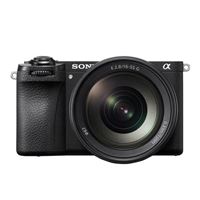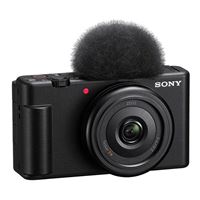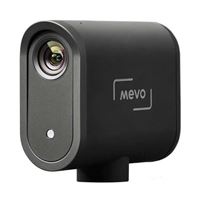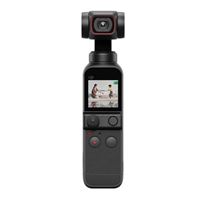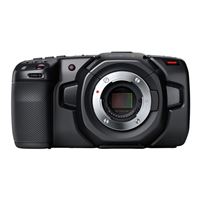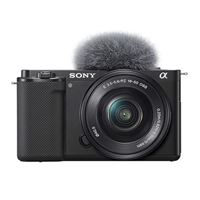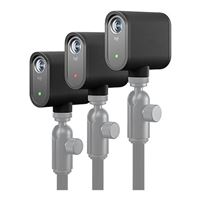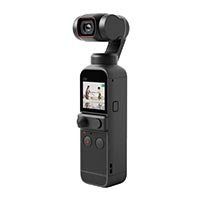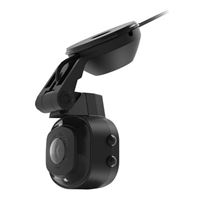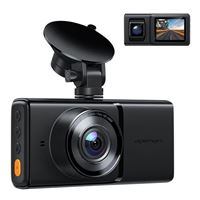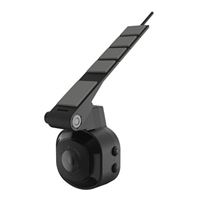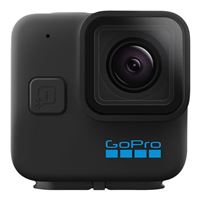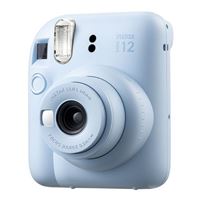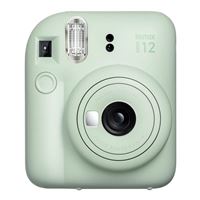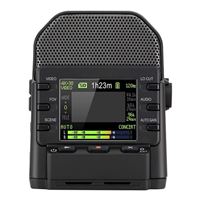Breadcrumbs
- Selected Refinements:
- Digital Cameras & Camcordersx
- Camerasx
Special Offers / Advertisements
Compare up to 4 items
New list of matching products
X
Sorry, you may compare a maximum of 4 items at a time.
Please clear one or more of your compare items before adding another-
Usually ships in 5-7 business days.Our price $1,498.00
-
Usually ships in 5-7 business days.Our price $499.99
-
Usually ships in 5-7 business days.Our price $49.99
-
Usually ships in 5-7 business days.Our price $669.00
-
Usually ships in 5-7 business days.Our price $519.00
-
Usually ships in 5-7 business days. Limited availability. May not be in stock at time of order. No back orders.Our price $399.99
-
Usually ships in 5-7 business days.Our price $399.00
-
Usually ships in 5-7 business days.Our price $69.99
-
Usually ships in 5-7 business days. Limited availability. May not be in stock at time of order. No back orders.Our price $1,295.00
-
Usually ships in 5-7 business days.Our price $799.99
-
Usually ships in 5-7 business days.Our price $999.99
-
Usually ships in 5-7 business days. Limited availability. May not be in stock at time of order. No back orders.Our price $279.00
-
Usually ships in 5-7 business days.Our price $479.99
-
Usually ships in 5-7 business days.Our price $89.99
-
Usually ships in 5-7 business days.Our price $89.99
-
Usually ships in 5-7 business days.Our price $79.99
-
Usually ships in 5-7 business days.Our price $249.99
-
Usually ships in 5-7 business days.Our price $119.99
-
Usually ships in 5-7 business days. Limited availability. May not be in stock at time of order. No back orders.Our price $829.99
-
Usually ships in 5-7 business days.Our price $79.99
-
Usually ships in 5-7 business days.Our price $249.00
Original price $299.00Save $50.00 -
Usually ships in 5-7 business days.Our price $79.99
-
Usually ships in 5-7 business days.Our price $199.99
-
Usually ships in 5-7 business days.Our price $499.99
Special Offers / Advertisements
{
'name': 'Alpha 6700 APS-C Interchangeable Lens Camera',
'id': '669526',
'price': '1,498.00',
'brand': 'Sony',
'category': 'Cameras|169',
'list': 'Search Results',
'position': 1
},{
'name': 'Sony ZV-1F Vlog camera for Content Creators',
'id': '661184',
'price': '499.99',
'brand': 'Sony',
'category': 'Cameras|169',
'list': 'Search Results',
'position': 2
},{
'name': 'C450A-C Single Lens Full HD Dash Cam',
'id': '683366',
'price': '49.99',
'brand': '',
'category': 'Cameras|169',
'list': 'Search Results',
'position': 3
},{
'name': 'Osmo Pocket 3 Creator Combo',
'id': '673357',
'price': '669.00',
'brand': 'DJI',
'category': 'Cameras|169',
'list': 'Search Results',
'position': 4
},{
'name': 'Osmo Pocket 3 Action Cam',
'id': '673356',
'price': '519.00',
'brand': 'DJI',
'category': 'Cameras|169',
'list': 'Search Results',
'position': 5
},{
'name': 'Mevo Start 1080P HD Live Streaming Camera',
'id': '669837',
'price': '399.99',
'brand': 'Logitech',
'category': 'Cameras|169',
'list': 'Search Results',
'position': 6
},{
'name': 'Pocket 2 Gimbal Combo',
'id': '656797',
'price': '399.00',
'brand': 'DJI',
'category': 'Cameras|169',
'list': 'Search Results',
'position': 7
},{
'name': 'C420D Dual Front and Read Full HD Dash Cam',
'id': '683367',
'price': '69.99',
'brand': '',
'category': 'Cameras|169',
'list': 'Search Results',
'position': 8
},{
'name': 'Pocket Cinema Camera 4K',
'id': '654248',
'price': '1,295.00',
'brand': 'Blackmagic Design',
'category': 'Cameras|169',
'list': 'Search Results',
'position': 9
},{
'name': 'Alpha ZV-E10 - APS-C Interchangeable Lens Mirrorless Vlog Camera',
'id': '661144',
'price': '799.99',
'brand': 'Sony',
'category': 'Cameras|169',
'list': 'Search Results',
'position': 10
},{
'name': 'Mevo Digital Camcorder (3-Pack)',
'id': '669838',
'price': '999.99',
'brand': 'Logitech',
'category': 'Cameras|169',
'list': 'Search Results',
'position': 11
},{
'name': 'Pocket 2 Gimbal',
'id': '656417',
'price': '279.00',
'brand': 'DJI',
'category': 'Cameras|169',
'list': 'Search Results',
'position': 12
},{
'name': 'EOS Rebel T7 EF-S 18-55mm IS II Kit',
'id': '656151',
'price': '479.99',
'brand': 'Canon',
'category': 'Cameras|169',
'list': 'Search Results',
'position': 13
},{
'name': 'NEXC11032-SP1 Full HD Smart Dash Cam',
'id': '635933',
'price': '89.99',
'brand': 'Scosche Industries',
'category': 'Cameras|169',
'list': 'Search Results',
'position': 14
},{
'name': 'C680-C Front and Interior Full HD Dash Cam',
'id': '683368',
'price': '89.99',
'brand': '',
'category': 'Cameras|169',
'list': 'Search Results',
'position': 15
},{
'name': 'NEXC10032-SP1 Full HD Smart Window Cam Powered by Nexar with Adhesive Mount and 32GB Micro-SD Card',
'id': '635932',
'price': '79.99',
'brand': 'Scosche Industries',
'category': 'Cameras|169',
'list': 'Search Results',
'position': 16
},{
'name': 'HERO11 Mini Action Camera - Black',
'id': '669154',
'price': '249.99',
'brand': 'GoPro',
'category': 'Cameras|169',
'list': 'Search Results',
'position': 17
},{
'name': 'Now Generation 2 - Black',
'id': '664662',
'price': '119.99',
'brand': 'Polaroid',
'category': 'Cameras|169',
'list': 'Search Results',
'position': 18
},{
'name': 'Canon EOS R100 Mirrorless Camera with 18-45mm and 55-210mm Lenses Kit',
'id': '672190',
'price': '829.99',
'brand': 'Canon',
'category': 'Cameras|169',
'list': 'Search Results',
'position': 19
},{
'name': 'Instax Mini 12 Instant Camera (Pastel Blue)',
'id': '665393',
'price': '79.99',
'brand': 'Fuji',
'category': 'Cameras|169',
'list': 'Search Results',
'position': 20
},{
'name': 'Osmo Action 4 Camera Standard Combo',
'id': '669549',
'price': '249.00',
'brand': 'DJI',
'category': 'Cameras|169',
'list': 'Search Results',
'position': 21
},{
'name': 'Instax Mini 12 Instant Camera (Mint Green)',
'id': '665396',
'price': '79.99',
'brand': 'Fuji',
'category': 'Cameras|169',
'list': 'Search Results',
'position': 22
},{
'name': 'Q2N-4K Video Recorder',
'id': '656962',
'price': '199.99',
'brand': 'Zoom',
'category': 'Cameras|169',
'list': 'Search Results',
'position': 23
},{
'name': 'X4 360 Action Cameras',
'id': '679276',
'price': '499.99',
'brand': 'Insta360',
'category': 'Cameras|169',
'list': 'Search Results',
'position': 24
}

